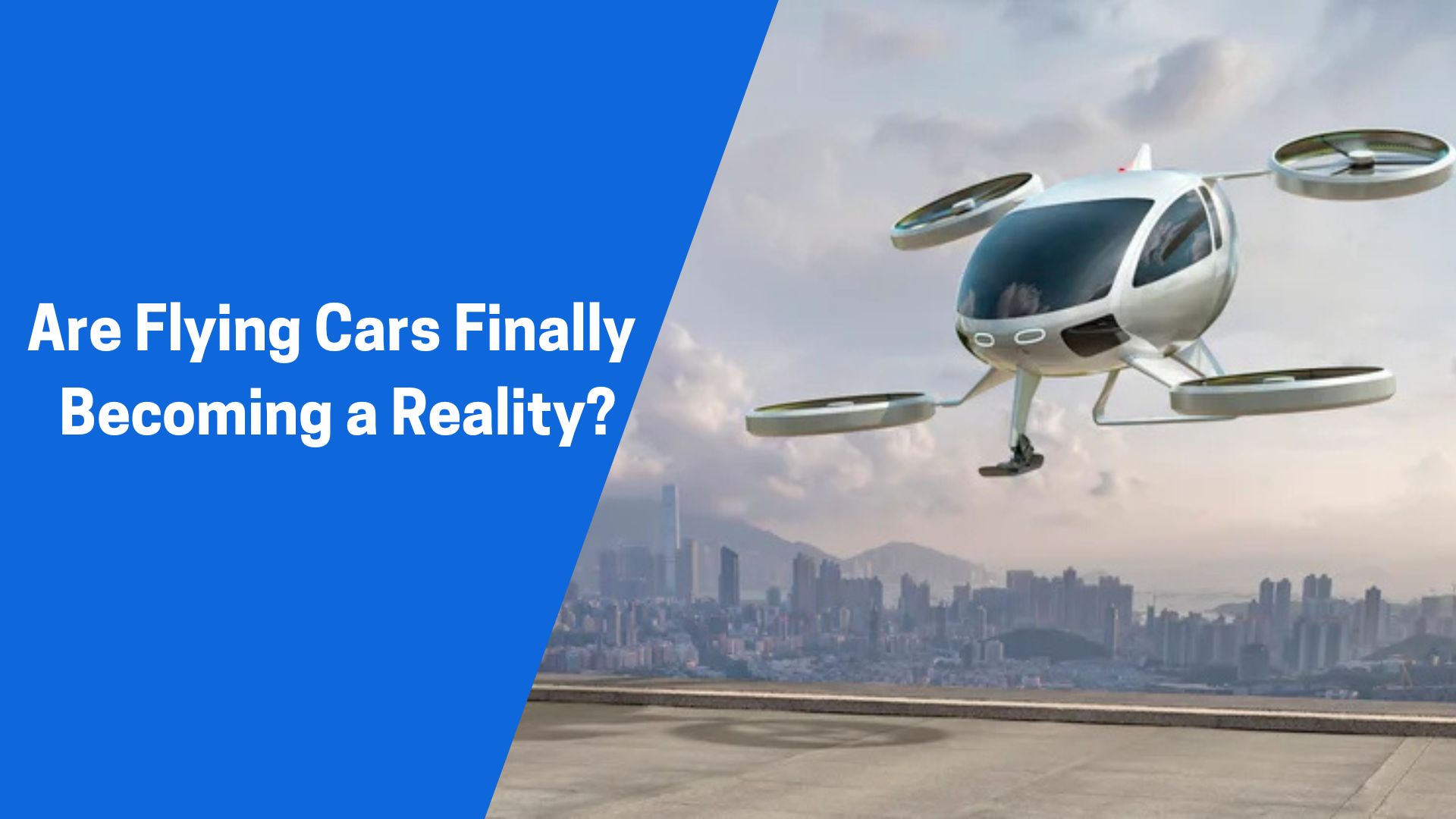For decades, flying cars have been a staple of sci-fi movies and futuristic dreams. But with recent advancements in electric aviation, vertical takeoff technology (VTOL), and autonomous flight systems, they might finally be closer to becoming a real transportation option. The question is: Are we truly on the verge of a flying car revolution?
1. The Current State of Flying Cars
Several companies are actively developing and testing flying cars (also known as air taxis or eVTOLs – electric vertical takeoff and landing vehicles). Some of the most promising projects include:
1.1 Alef Aeronautics – The First FAA-Approved Flying Car
- In 2023, Alef Aeronautics received approval from the U.S. Federal Aviation Administration (FAA) to test its Model A flying car.
- The vehicle is designed to drive on roads like a regular car but also take off vertically and fly up to 110 miles per charge.
1.2 Joby Aviation & Uber’s Air Taxi Plans
- Joby Aviation is working on a five-seat electric air taxi with backing from Toyota and Uber.
- Their aircraft can fly at 200 mph with a range of 150 miles per charge.
- Uber plans to launch “Uber Air”, offering flying taxi services in major cities.
1.3 Xpeng AeroHT – China’s Electric Flying Car
- Xpeng AeroHT, a subsidiary of Xpeng Motors, is developing an electric flying car that can seamlessly switch between driving and flight modes.
- The company has already conducted multiple test flights and plans to release its first commercial model by 2025.
1.4 PAL-V Liberty – A Flying Car You Can Buy Today
- The PAL-V Liberty is a gyroplane-style flying car that is already available for purchase in Europe.
- It requires a runway for takeoff, meaning it’s not a true VTOL but still an early step toward road-to-air vehicles.
2. Key Technologies Making Flying Cars Possible
2.1 Electric Propulsion & Battery Advancements
- Traditional helicopters rely on fuel-powered rotors, but modern flying cars are shifting to electric propulsion for cleaner, quieter, and more efficient flight.
- Solid-state batteries and lightweight materials are improving energy efficiency, helping flying cars achieve longer flight times.
2.2 Vertical Takeoff & Landing (VTOL) Technology
- Unlike traditional planes, most flying cars use VTOL technology, meaning they can take off and land without runways.
- This is crucial for urban environments where space is limited.
2.3 Autonomous Navigation & AI Flight Control
- Many flying car prototypes are being designed with autonomous flight capabilities, reducing the need for a human pilot.
- AI-assisted flight systems help navigate air traffic, avoid collisions, and ensure smooth landings.
3. Challenges & Roadblocks
Despite these advancements, several challenges remain before flying cars become mainstream:
3.1 Regulation & Air Traffic Control
- Governments must update aviation laws to accommodate flying cars in city airspace.
- Air traffic control systems need to be redesigned to handle thousands of low-altitude flying vehicles safely.
3.2 Infrastructure & Takeoff Zones
- Cities will need “vertiports” or rooftop landing zones to allow flying cars to take off and land safely.
- Without proper infrastructure, flying cars may remain a luxury for the wealthy rather than a practical mass-market solution.
3.3 High Costs & Accessibility
- Current flying car models cost hundreds of thousands to millions of dollars, making them unaffordable for the average consumer.
- Mass production and advances in battery technology will be needed to bring costs down.
3.4 Noise & Environmental Concerns
- While electric flying cars reduce emissions, they still create noise pollution, which could be an issue in crowded urban areas.
- Sustainable aviation fuel alternatives and improved noise reduction technology will be needed.
4. When Can We Expect Flying Cars in Everyday Life?
Short-Term (2025-2030)
- Limited commercial launches of air taxis in select cities like Dubai, Los Angeles, and Tokyo.
- More regulatory approvals for testing and pilot programs.
Mid-Term (2030-2040)
- Wider adoption of urban air mobility (UAM) networks, with flying taxis integrated into public transport.
- More affordable personal flying vehicles for business travellers and high-income individuals.
Long-Term (Beyond 2040)
- Fully autonomous flying cars could replace traditional road transport.
- Smart cities will have dedicated air lanes and AI-controlled traffic management.
Final Verdict: Are Flying Cars Finally Here?
Flying cars exist today, but they are not yet practical for everyday use. While companies are making significant progress, regulations, infrastructure, and affordability are major hurdles.
However, with advancements in electric aviation, autonomous flight, and urban air mobility, flying cars could become a reality within the next 10-20 years—not just for the elite but as a practical mode of transport for all.
Would you ride in a flying car if given the chance? Let’s discuss it!

